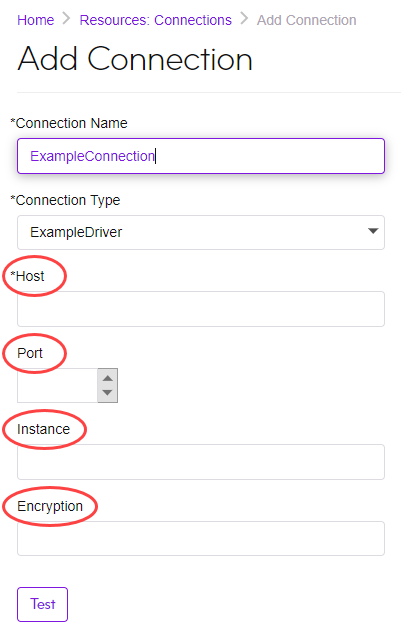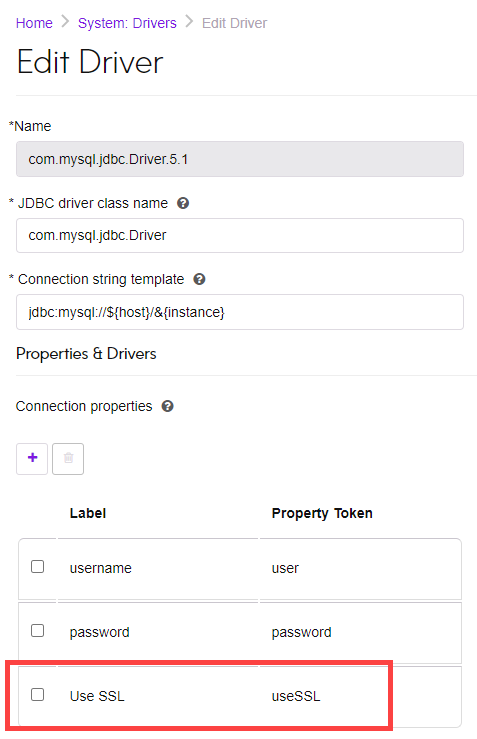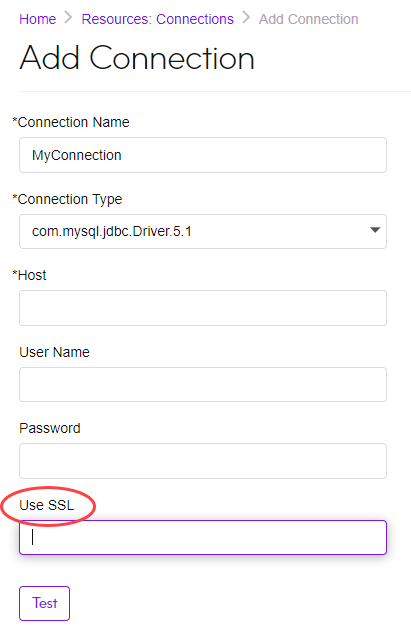Manually Adding a JDBC Driver
Spectrum Technology Platform can access data from any database using a JDBC driver. Drivers for SQL, Oracle, and PostgreSQL are provided with the Spectrum Data Federation, which also includes drivers for other types of databases. If Spectrum Technology Platform does not come with a driver for the type of database you need, you can add a JDBC driver.
In this procedure you will add JDBC driver files to the server then manually define the connection string and connection properties. Before you begin, be sure that you understand the connection string format and properties required by the driver. You must define these accurately in order for the driver to function. You can typically find information about a driver's connection string and properties from the driver provider's website.


